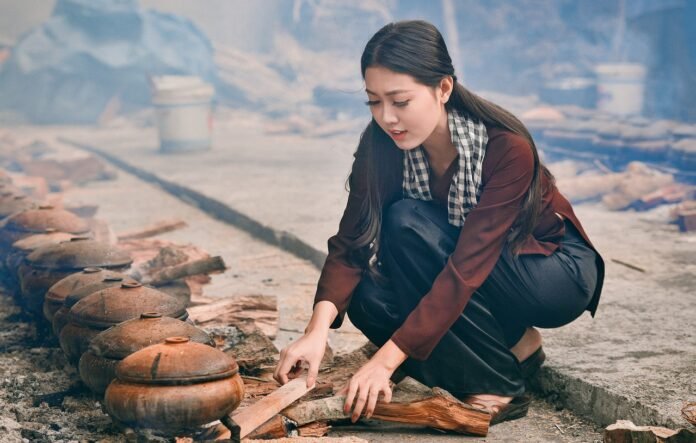The Ultimate Guide to Mastering the Art of Baking
Baking is an art form that transforms simple ingredients into delectable treats. From freshly baked bread to decadent desserts, the process of baking offers endless possibilities for creativity and joy. Whether you’re a seasoned baker or just starting out, this comprehensive guide will provide you with all the knowledge and techniques you need to elevate your baking skills.
Ingredients and Equipment
Essential Ingredients
- Flour: The foundation of baked goods, flour provides structure and texture.
- Sugar: Sweetens baked goods and helps with browning.
- Butter: Adds flavor, richness, and tenderness.
- Eggs: Bind ingredients together and provide structure.
- Milk: Adds moisture and richness.
Essential Equipment
- Measuring cups and spoons: Precision is key in baking.
- Mixing bowls: Choose different sizes for various batters and doughs.
- Whisk: Essential for aerating ingredients and creating smooth batters.
- Spatula: Perfect for mixing and spreading batter or frosting.
- Oven: Accurate temperature control is crucial for successful baking.
Essential Techniques
Measuring and Mixing
- Precise measuring: Use the correct measuring cups and spoons for accuracy.
- Dry and wet ingredients: Combine dry ingredients separately from wet ingredients to prevent lumps.
- Proper mixing: Mix until just combined to avoid overworking the dough or batter.
Kneading and Proving
- Kneading: For bread dough, kneading helps develop gluten and create a smooth texture.
- Proving: Resting the dough allows the yeast to ferment and develop flavor.
- Rising: Warm temperatures help dough rise quicker.
Baking and Cooling
- Baking temperature: Follow recipe instructions carefully for optimal baking temperatures.
- Baking time: Use a timer to avoid overbaking.
- Cooling: Allow baked goods to cool before slicing or eating to prevent them from falling apart.
Types of Baking
Breads
- Yeast breads: Fluffy and airy, these breads require yeast as a rising agent.
- Quick breads: Dense and moist, these breads use baking powder or baking soda as rising agents.
- Flatbreads: Thin and crispy, these breads are often cooked on a griddle or in a hot oven.
Pastries
- Croissants: Flaky and buttery, these pastries are made with a yeast dough that is rolled and folded multiple times.
- Doughnuts: Sweet and fluffy, these pastries are fried and often glazed or topped with sugar.
- Muffins: Individual-sized cakes with various fillings and toppings.
Cakes and Cupcakes
- Sponge cakes: Light and airy, these cakes are made with whipped eggs and sugar.
- Butter cakes: Dense and moist, these cakes contain butter or oil.
- Cupcakes: Mini-sized cakes that come in endless flavors and decorations.
Troubleshooting Common Baking Problems
Dry Baked Goods
- Overbaking: Monitor baking time closely.
- Incorrect ingredient ratios: Adjust proportions as needed.
Flat or Dense Baked Goods
- Not enough leavening agents: Ensure you’re using the correct amount of yeast, baking powder, or baking soda.
- Mixing too much: Avoid overworking the dough or batter.
Overcooked Baked Goods
- Too high baking temperature: Reduce temperature slightly.
- Not using a timer: Set a timer to prevent burning.
Conclusion
Baking is a rewarding and versatile art that allows you to create delicious and visually appealing treats. By following the techniques and tips outlined in this guide, you can master the fundamentals of baking and expand your culinary skills. Remember, practice makes perfect, so keep experimenting with different recipes and techniques to become a true baking virtuoso.


